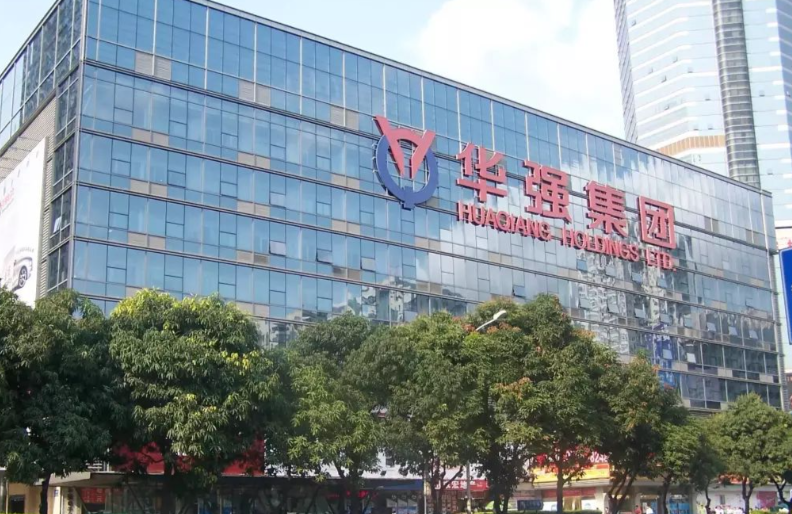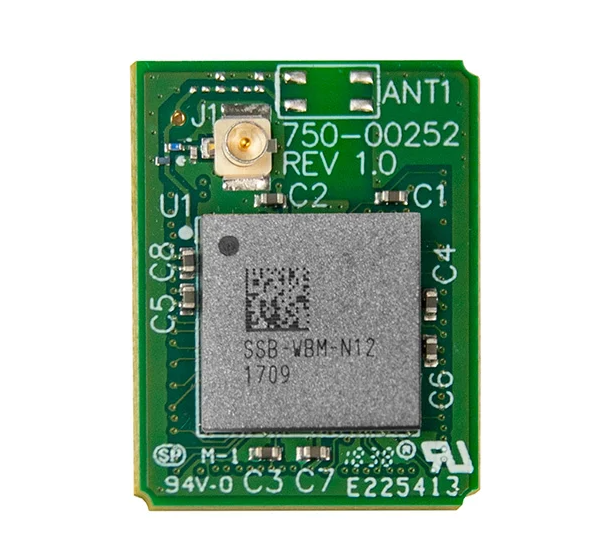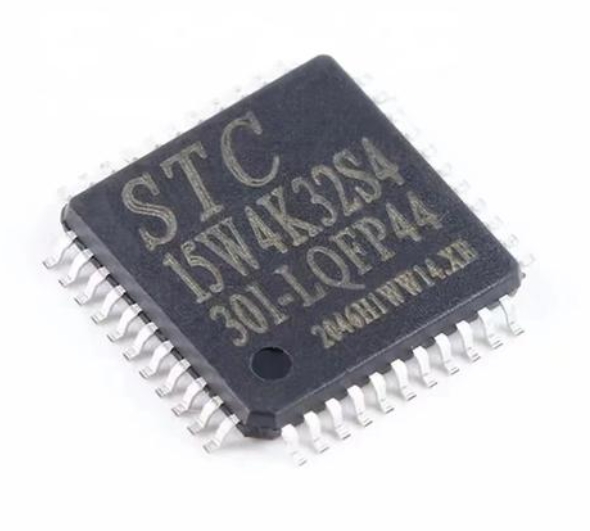Shenzhen Electronic Components Mall: The Ultimate Global Sourcing Hub
Introduction
In the vast and intricate world of electronics manufacturing and innovation, sourcing the right components is not just a step in the process—it is the very foundation upon which successful products are built. For engineers, procurement managers, and tech entrepreneurs across the globe, one name consistently rises to the top as the epicenter of electronic components: the Shenzhen Electronic Components Mall. More than just a physical marketplace, this term encapsulates a sprawling ecosystem of wholesale markets, distributors, and manufacturers located in the heart of Shenzhen, China. This city, often dubbed the “Silicon Valley of Hardware,” is the pulsating core of global electronics production. This article delves deep into why the Shenzhen Electronic Components Mall is an indispensable resource, exploring its unparalleled scale, the critical advantages it offers for prototyping and mass production, and practical strategies for navigating it effectively. We will also highlight how platforms like ICGOODFIND are revolutionizing the way international buyers connect with this dynamic market.

Part 1: The Unparalleled Scale and Diversity of the Shenzhen Electronic Components Market
The sheer magnitude of the Shenzhen Electronic Components Mall is difficult to overstate. It is not a single building but a network of colossal markets, most notably the Huaqiangbei commercial area. This district is a city within a city, dedicated entirely to electronics. Towers like the SEG Electronics Market and Huaqiang Plaza house thousands of individual stalls and shops spread across multiple floors, each specializing in specific component categories.
The first and most significant advantage is the staggering breadth of components available. Whether you are searching for common microcontrollers, obscure sensors, passive components, connectors, or cutting-edge RF modules, you will find dozens, if not hundreds, of vendors offering them. This concentration creates an environment of immense competition, which benefits the buyer in terms of price and choice. For engineers working on prototypes, this diversity is invaluable. It allows for rapid iteration; if one component is unavailable or unsuitable, an alternative can be sourced within hours, if not minutes. This density of supply is unmatched anywhere else in the world.
Secondly, the market operates with incredible speed and efficiency. The proximity of manufacturers, distributors, and supply chain services creates a tightly-knit ecosystem. It is common for a shop front to be directly linked to a small factory or assembly line on the outskirts of the city. This integration means that even small-batch orders can be fulfilled rapidly. The concept of lead time takes on a new meaning in Shenzhen; what might take weeks to procure through traditional international distributors can often be accomplished in days. This speed is a critical driver of innovation, allowing companies to bring products to market faster than their competitors.
Furthermore, the market serves as a real-time barometer of global electronics trends. Walking through the aisles of Huaqiangbei provides tangible insight into what technologies are gaining traction. The rapid adoption of new IoT chipsets, the latest LED technologies, or emerging energy storage solutions is immediately visible. For anyone involved in product development, this on-the-ground intelligence is as valuable as the components themselves. It offers a window into the future of consumer and industrial electronics.
Part 2: Key Advantages for Prototyping and Mass Production
The benefits of engaging with the Shenzhen Electronic Components Mall extend far beyond simple procurement. It fundamentally enhances both the prototyping and mass production phases of product development.
For prototyping, the primary advantage is agility. The ability to physically inspect components before purchase cannot be understated. Engineers can test sample parts, verify specifications on the spot, and discuss technical requirements directly with vendors who often possess deep practical knowledge. This hands-on approach significantly reduces the risk of design flaws caused by component misunderstandings. Moreover, the low Minimum Order Quantity (MOQ) culture is a game-changer for startups and independent inventors. Unlike large-scale distributors that require bulk purchases, many vendors in Shenzhen are willing to sell single units or small batches. This makes iterative prototyping financially feasible, enabling creators to test and refine their designs without significant upfront investment.
When transitioning to mass production, the advantages become even more pronounced. The most critical factor is cost efficiency. The intense competition among suppliers drives down prices dramatically. By building relationships with reliable vendors found within the mall ecosystem, companies can achieve substantial savings on their Bill of Materials (BOM). Furthermore, the integrated supply chain allows for seamless scaling. A vendor who supplied your prototype components can often facilitate introductions to contract manufacturers or help you scale up your orders while maintaining consistency in quality. This eliminates the friction typically associated with moving from a prototype supplier to a production partner.
Quality control, however, is a factor that requires diligent management. While high-quality components are plentiful, the market also has suppliers offering lower-grade parts. Establishing a rigorous vetting process is essential. This involves checking supplier credentials, requesting samples for testing, and potentially using third-party inspection services. The savviest buyers often develop long-term relationships with trusted suppliers, turning them into strategic partners rather than just transactional contacts. This relationship-based approach is key to ensuring consistent quality and reliability in high-volume production runs.
Part 3: Navigating the Market: Strategies for Success
For a first-time visitor or a remote buyer, the Shenzhen Electronic Components Mall can be overwhelming. Success hinges on a strategic approach.
Preparation is paramount. Before even setting foot in the market or contacting suppliers online, having a detailed and organized Bill of Materials (BOM) is non-negotiable. This should include part numbers, specifications, and acceptable alternatives. Clear documentation prevents misunderstandings and streamlines the sourcing process. Learning a few basic Mandarin phrases related to electronics can also be immensely helpful for on-the-ground navigation, though many vendors now have English-speaking staff.
The digital transformation of this physical marketplace is a critical development. While the physical experience is valuable, not every international buyer can travel to Shenzhen regularly. This is where digital platforms have become indispensable. They act as a bridge, connecting global customers with verified suppliers from the Shenzhen ecosystem. For instance, a platform like ICGOODFIND specializes in aggregating reliable component suppliers from this very market. By leveraging such a platform, buyers can efficiently search for components, compare prices and specifications from multiple pre-vetted vendors, and initiate contact without geographical constraints. These platforms often provide additional layers of security, such as escrow services and supplier ratings, which mitigate the risks associated with international transactions.
Building relationships is the cornerstone of long-term success in Shenzhen. The market operates on trust and reputation. Instead of constantly searching for the lowest price from new vendors, investing time in cultivating relationships with a few key suppliers pays dividends. Reliable partners will provide better pricing over time, offer insights into market trends, and give priority support during global component shortages. They become an extension of your own team.
Conclusion
The Shenzhen Electronic Components Mall stands as a testament to the concentration and efficiency that defines modern global electronics manufacturing. It is more than a marketplace; it is a vibrant, dynamic ecosystem that offers unparalleled access to components, fosters rapid innovation through its agile supply chain, and provides significant cost advantages for businesses of all sizes. While navigating its complexities requires preparation and due diligence, the rewards are substantial. The evolution of digital tools has further democratized access, allowing innovators worldwide to tap into this hub remotely. Platforms like ICGOODFIND exemplify this evolution, making the vast resources of Shenzhen more accessible and manageable than ever before. For anyone serious about electronics design and manufacturing, understanding and engaging with the Shenzhen Electronic Components Mall is not just an option—it is a strategic imperative.


















